Mr. Nguyen Van Duan's family, Vu Van commune (Vu Thu) currently has 24 cages of grass carp and crispy carp.
Effective freshwater fish farming
We visited the cage fish farming model on the Red River of Mr. Nguyen Van Duan's family in Vu Van commune (Vu Thu) when he was releasing fish fry for the spring-summer crop. He said: Before starting aquaculture, I spent time researching suitable fish breeds for farming on the river, which have high economic value and are popular in the market such as grass carp, crispy carp, and catfish. Unlike the method of raising fish in ponds, cage fish farming on the river takes advantage of many advantages of the water surface due to the continuous flow, so the water is less polluted. If the weather is favorable, the water flow is stable, there are no epidemics and the farmers have a good grasp of the techniques, and are well prepared with measures to prevent and combat natural disasters to protect the cages, it will bring high and stable economic efficiency. In 2024, with 24 cages of grass carp and crispy carp, Mr. Duan's family earned 4 billion VND.
For Mr. Nguyen Van Phuong, Vu Binh commune (Kien Xuong), raising fish in semi-floating ponds is also one of the effective directions in economic development. Over the years, this model has helped Mr. Phuong get rich right on his homeland. He shared: In 2017, I started raising fish in semi-floating ponds, including 1 commercial fish pond and 6 fish fry ponds. I import fish fry of different sizes to raise and sell depending on the needs of customers. The outstanding advantage of the model is that there is no need to dig a pond, just create a bank on the field surface and then spread a tarpaulin to prevent erosion. Therefore, it does not lose the conditions for re-growing rice, does not deform the ground, does not pollute the environment, does not affect traffic and irrigation works serving production. On average, each year, I sell over 27 tons of commercial fish and fish fry, earning more than 500 million VND, 5 times more effective than the traditional aquaculture model.
Sustainable Development Solutions
The economic efficiency of freshwater aquaculture models is obvious, not only convenient in exploitation, harvesting, cleaning, pond renovation but also saving investment costs, reducing regular labor costs, not causing environmental pollution. Currently, in the province, many households have focused on investing capital, effort and applying scientific and technical advances to develop aquaculture in the direction of concentrated intensive farming, farm scale.
To date, the total freshwater aquaculture area in the province has reached nearly 8,940 hectares, of which the combined aquaculture area with rice cultivation in semi-floating ponds has reached more than 300 hectares. The province currently has 706 fish cages on the river and 2,152 oyster rafts.
Implementing the Vietnam Fisheries Development Strategy to 2030, with a vision to 2045, in the period of 2021 - 2030, Thai Binh aims to convert about 2,800 hectares of alluvial land and low-efficiency rice land to aquaculture in semi-floating ponds. Ms. Nguyen Thi Minh Nguyet, Deputy Head of the Department of Marine and Fisheries, said: To effectively implement this strategy and at the same time develop sustainable freshwater aquaculture, in the coming time, localities will encourage organizations and individuals to focus on land accumulation, invest in synchronous infrastructure, develop large-scale aquaculture; apply new technology processes, raise in the form of intensive and super-intensive farming with certification; grant farm facility codes, certify production conditions, food safety, in order to provide quality products, meet the requirements of the domestic and export markets. The province will organize seafood production associated with chain linkage from input material supply to purchasing and consuming output products, in order to reduce production costs, improve productivity, quality, value and competitiveness of seafood products in the market.
In addition, continue to encourage organizations and individuals producing, trading, and raising aquatic breeds to invest in upgrading infrastructure, technical equipment, supplementing and replacing parent stock to ensure quality according to regulations. Organize production, trading, and raising breeds to provide 100% of the breed quantity to serve the needs of commercial farming in the province; strictly manage the quality of aquatic breeds according to regulations. The province will also develop and implement a plan for environmental monitoring and warning; monitor, prevent and control diseases in aquaculture.
Shrimp farming on semi-floating ponds in Nam Phu commune (Tien Hai).
Manh Thang
Source: https://baothaibinh.com.vn/tin-tuc/4/222409/phat-huy-loi-the-nuoi-thuy-san-nuoc-ngot


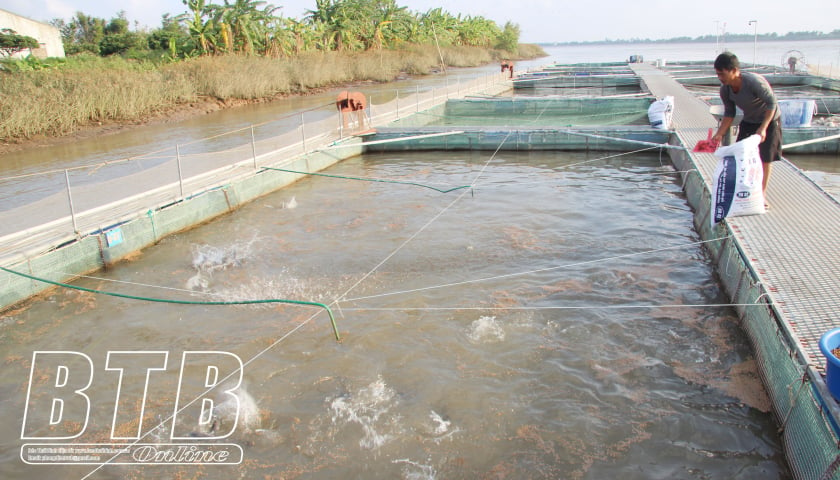
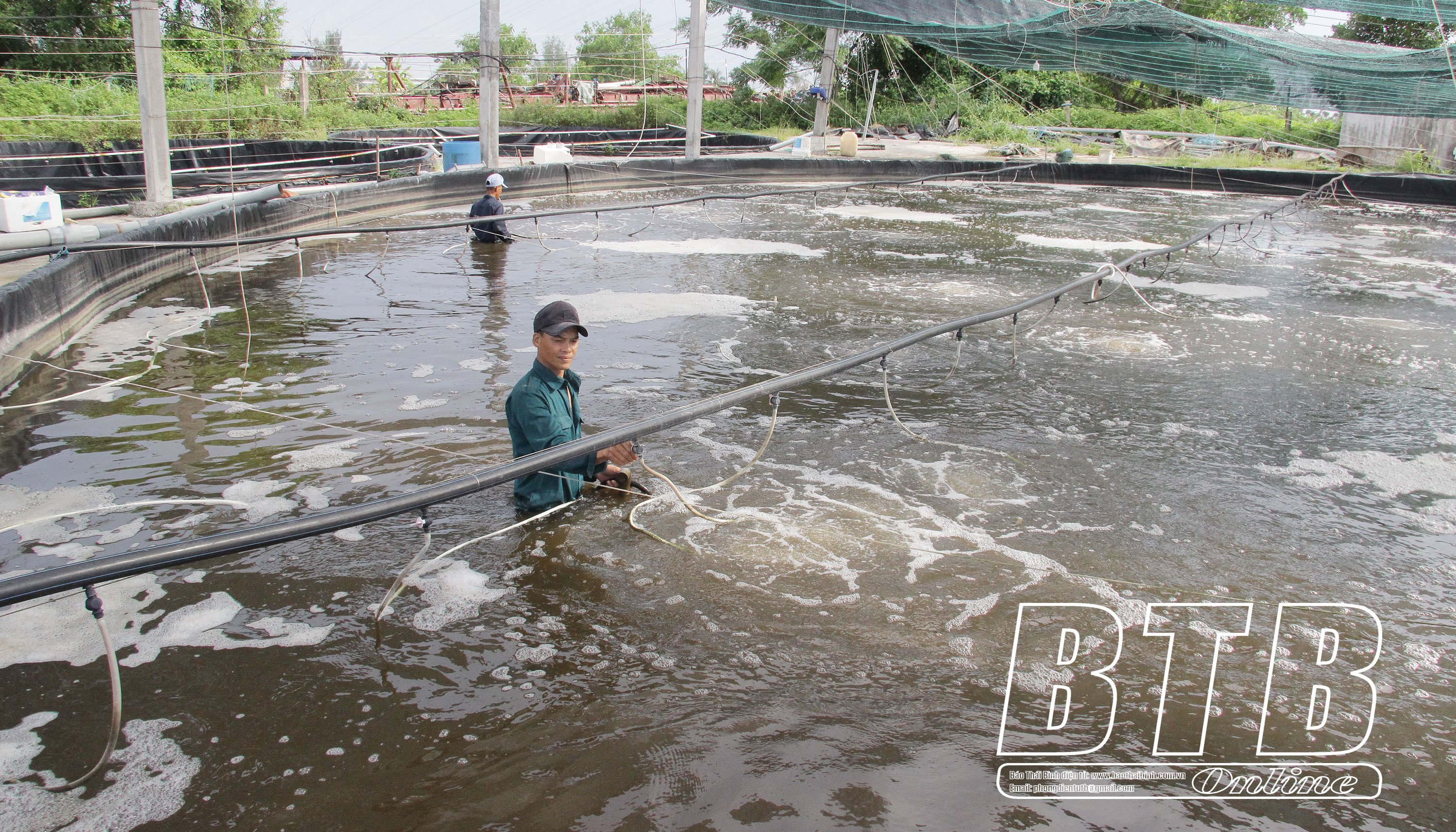
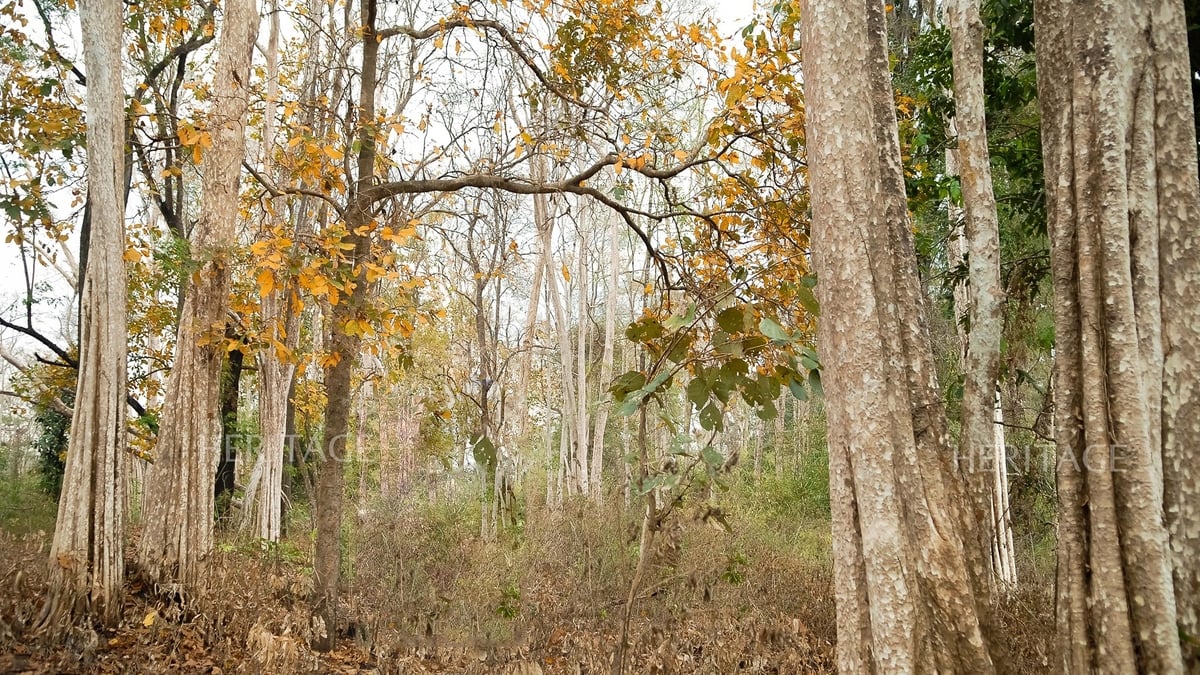
![[Photo] General Secretary To Lam receives First Deputy Secretary General of the African National Congress (ANC) of South Africa](https://vphoto.vietnam.vn/thumb/1200x675/vietnam/resource/IMAGE/2025/5/20/bb2999907e1245d5b4c7310a890d8201)

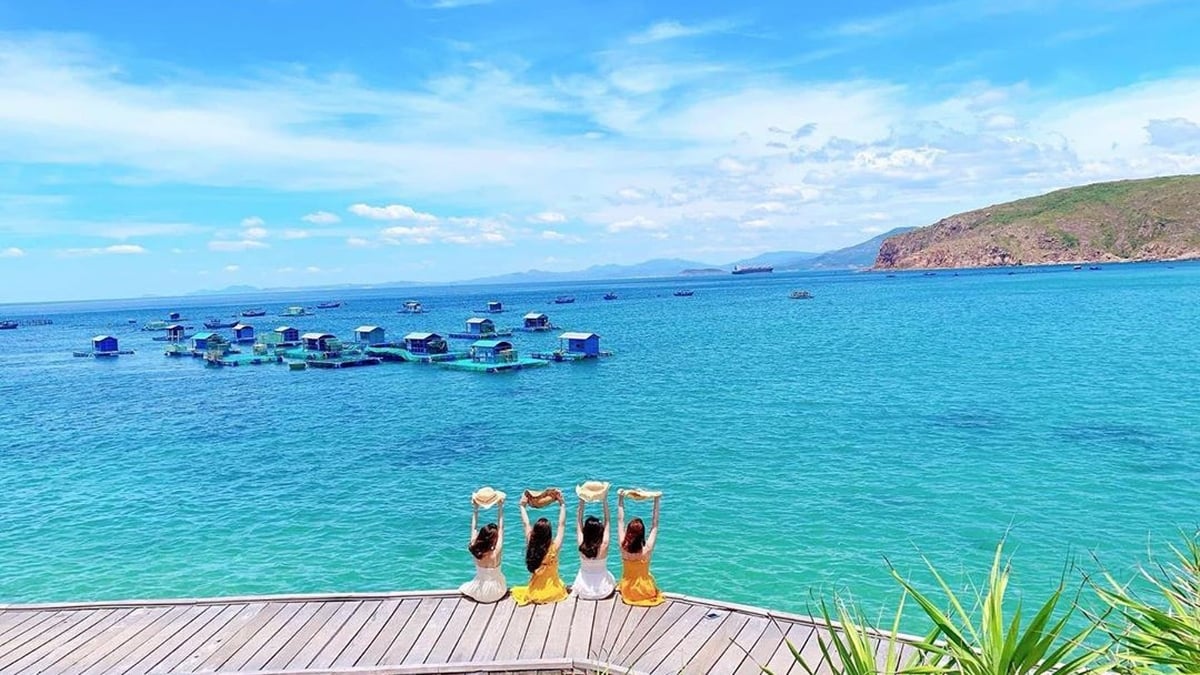
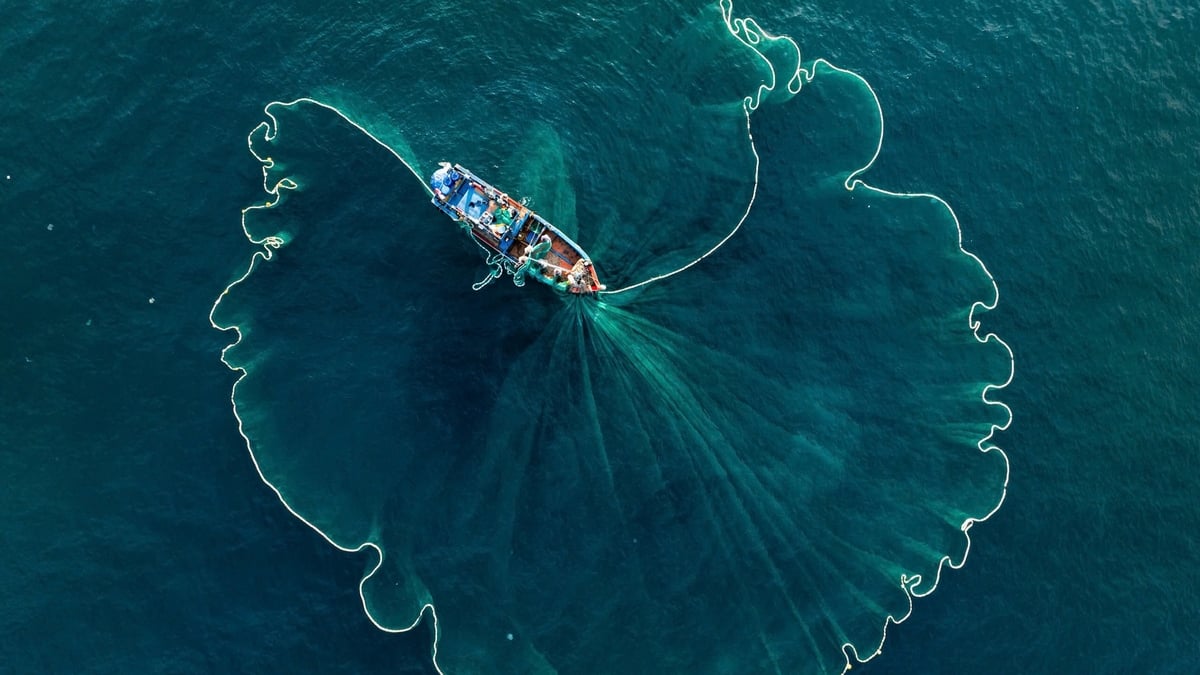
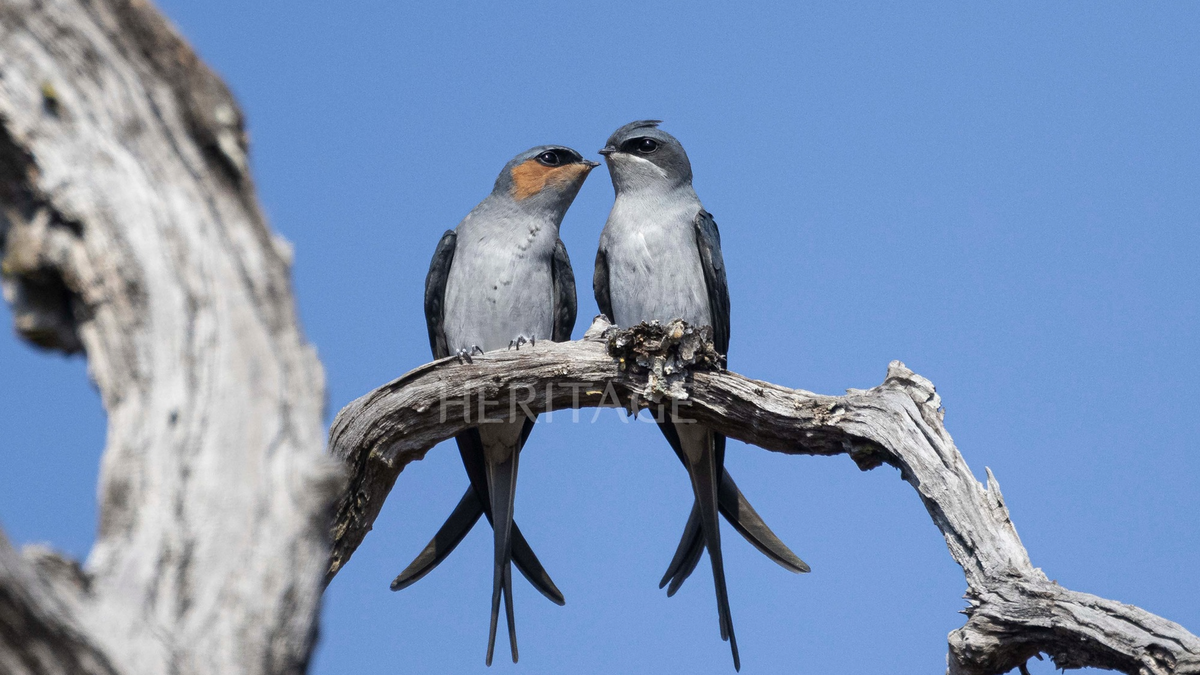






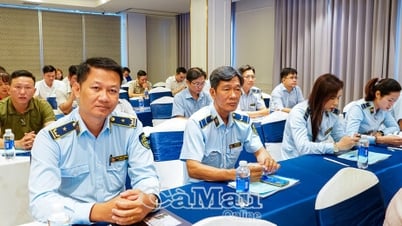



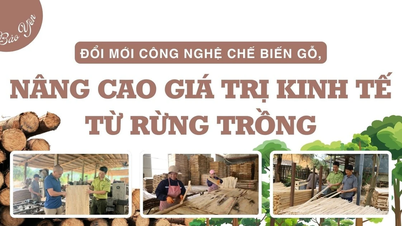





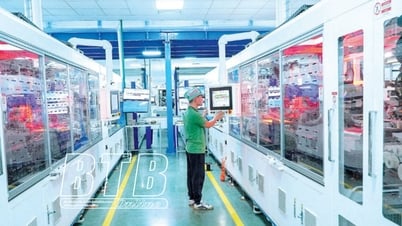

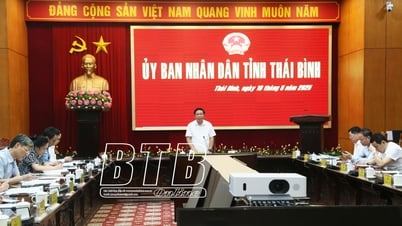
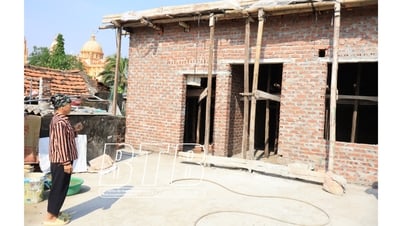
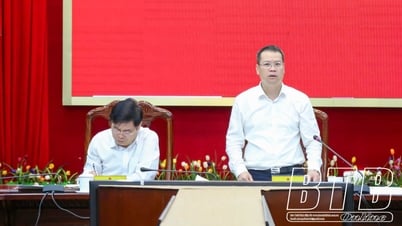
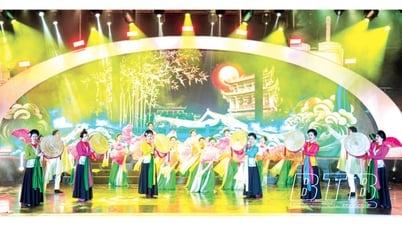
![[Photo] Award ceremony for works on studying and following President Ho Chi Minh](https://vphoto.vietnam.vn/thumb/1200x675/vietnam/resource/IMAGE/2025/5/20/a08ce9374fa544c292cca22d4424e6c0)
![[Photo] Vietnamese shipbuilding with the aspiration to reach out to the ocean](https://vphoto.vietnam.vn/thumb/1200x675/vietnam/resource/IMAGE/2025/5/20/24ecf0ba837b4c2a8b73853b45e40aa7)









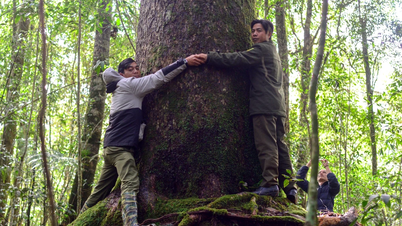

















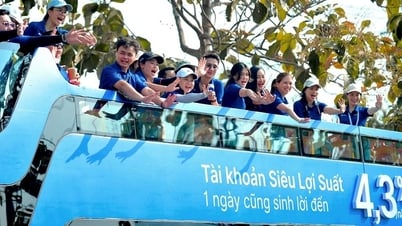
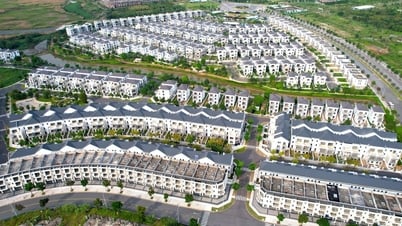


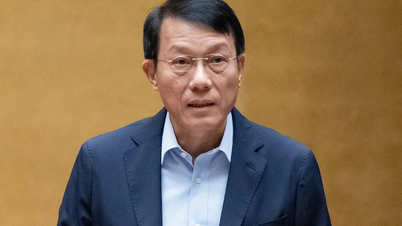
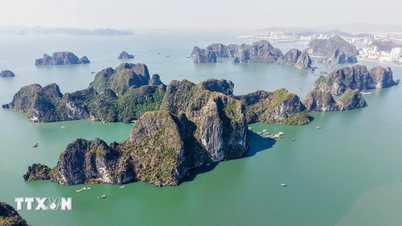

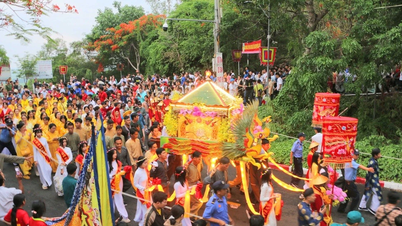


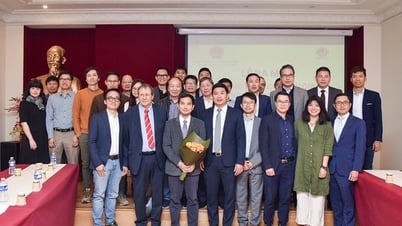

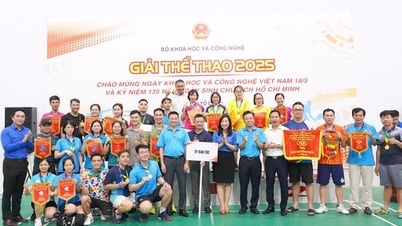


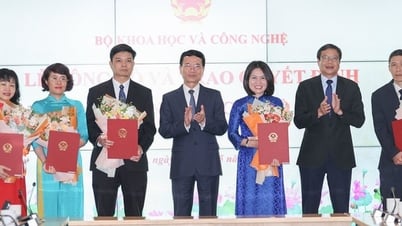
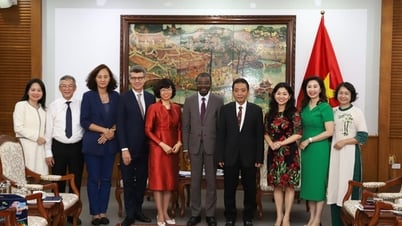


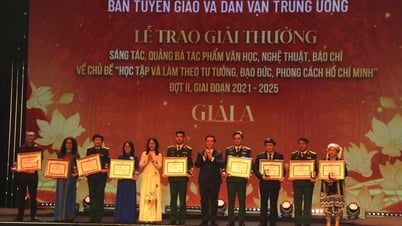














Comment (0)